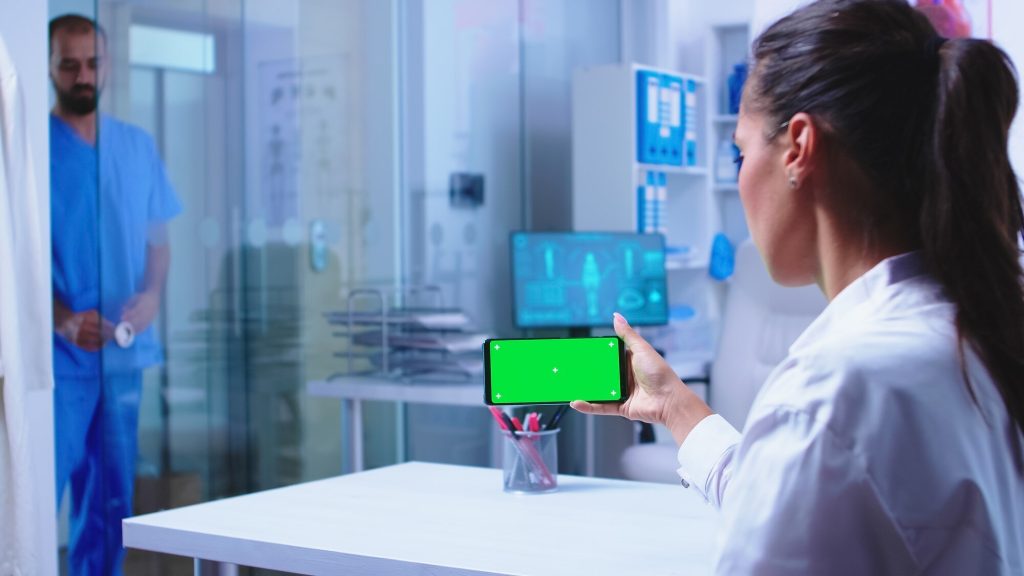The Impact of Remote Patient Monitoring on Healthcare Systems

The impact of Remote Patient Monitoring (RPM) in healthcare systems is a clear and consistent win for patients, caregivers, providers, and payers.
RPM has the potential to aid providers treating chronic conditions and ease overburdened hospitals significantly. It also improves the quality of care, lowers costs, and increases efficiencies.
Improved Quality of Care
Remote patient monitoring (RPM) is an effective way for healthcare professionals to provide better patient care. It enables physicians to monitor their patient’s health without traveling to their homes. It offers real-time data and alerts to help them identify possible issues in the early stages.
Improved quality of care can lead to better patient outcomes and reduced hospital readmissions. It also saves providers and payers money by reducing in-person visits and avoiding Affordable Care Act penalties associated with readmissions.
Physicians also benefit from remote patient monitoring because it gives them a more comprehensive clinical understanding of their patient’s conditions between in-person visits. It also helps them proactively monitor patient health and ensure they receive the proper treatment and follow-ups.
Moreover, remote patient monitoring programs encourage patient adherence to their treatment. It allows them to report when they miss a dose or don’tdon’t take their medication as prescribed, and it shows trends that may require adjustment in their care plan.
Reduced Readmissions
As healthcare systems move toward a value-based care model, reducing readmissions is critical in controlling costs and improving patient outcomes. Those readmissions can be avoided and lowered by using remote patient monitoring technology and telehealth delivery methods to manage chronic conditions like congestive heart failure (CHF) and diabetes.
Research has shown that RPM can help to reduce unplanned acute hospital use. This can be significant cost savings for healthcare organizations as it reduces the number of hospital stays and the associated ACA penalties.
One study found that patients with COPD enrolled in a remote monitoring program had lower readmission rates than those who did not. This was mainly because these patients could discharge from the hospital much quicker once stabilized, thanks to RPM.
Increased Patient Satisfaction
Remote patient monitoring allows healthcare providers to monitor patients’ vital signs and health conditions remotely. This enables them to identify potential problems early and provide more efficient care.
A comprehensive healthcare support system for diabetes called remote patient monitoring diabetes enables patients and care teams to collaborate virtually and in person. It gathers information on patients’ blood glucose levels and provides practitioners with the data.
Aside from the improved quality of care, remote patient monitoring also positively affects patient satisfaction. Research shows that high patient satisfaction is associated with better outcomes.
When patients are informed about their condition and understand how to participate in their health, they feel more engaged in their care. They are also likely to follow their treatment plan.
Moreover, remote patient monitoring can significantly lower the number of clinic visits patients with chronic conditions require. This is especially true for pregnant women who can use a virtual prenatal visit with a nurse to help them monitor their blood pressure and oxygen levels.
Increased Revenue
The healthcare industry is a huge business. According to the Centers for Medicare and Medicaid Services, it grew by 2.7% in 2021, accounting for 18.3% of the nation’snation’s Gross Domestic Product.
Medical practices constantly strive to optimize operations and find new ways to generate revenue to compete in a tight market and increase revenues. One of the most effective ways to do this is through service reimbursements.
Remote patient monitoring provides an excellent way for medical practitioners to recoup this income stream. RPM reimburses for the setup and training of patients and the time spent by clinical staff to manage health monitoring devices and record data.
In addition, RPM helps prevent patient no-shows and appointment cancellations, which can result in significant financial losses for healthcare providers. It also improves efficiency and reduces the cost of hospitalization and doctor appointments.